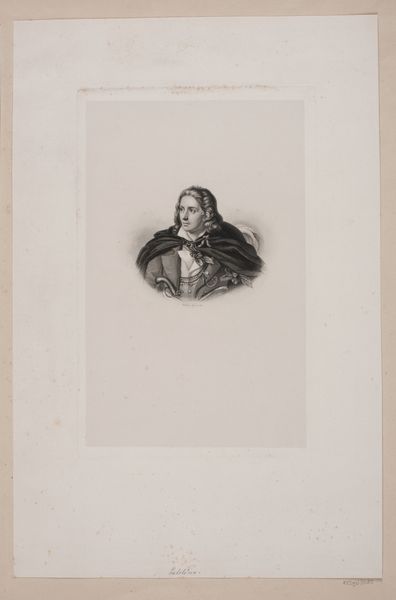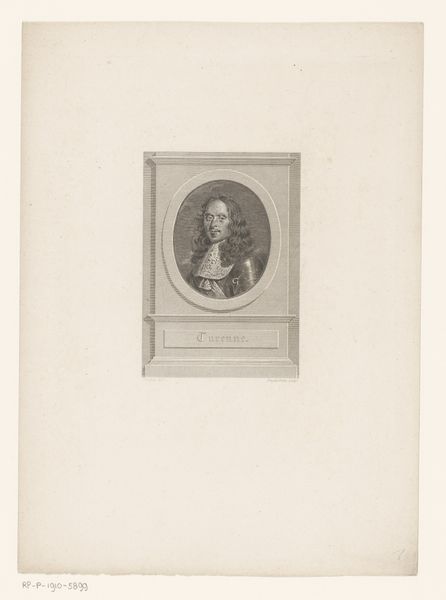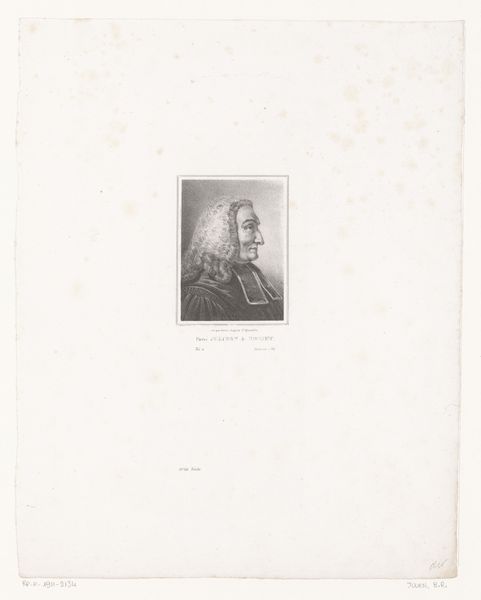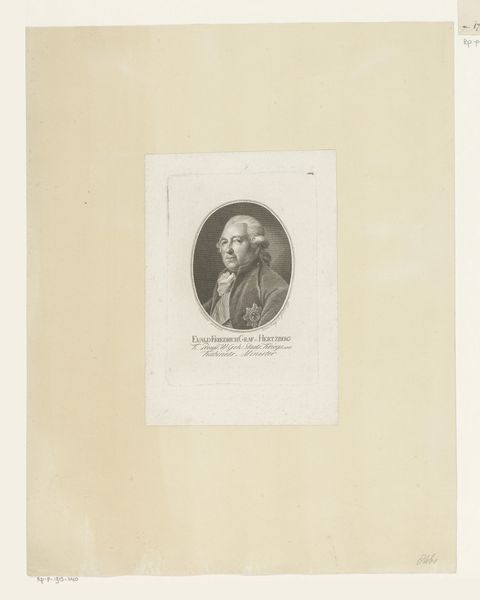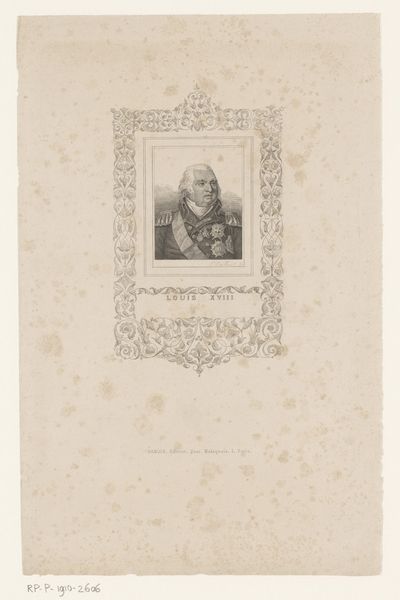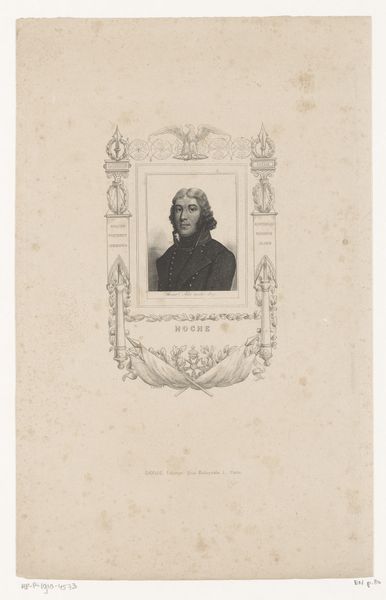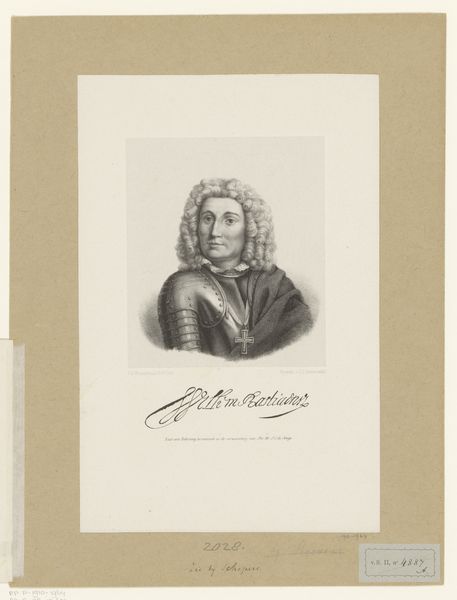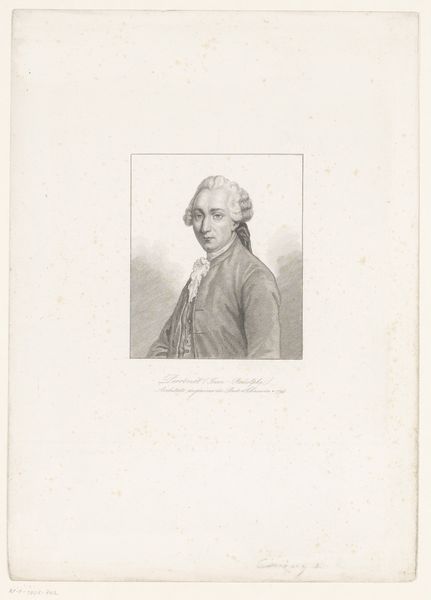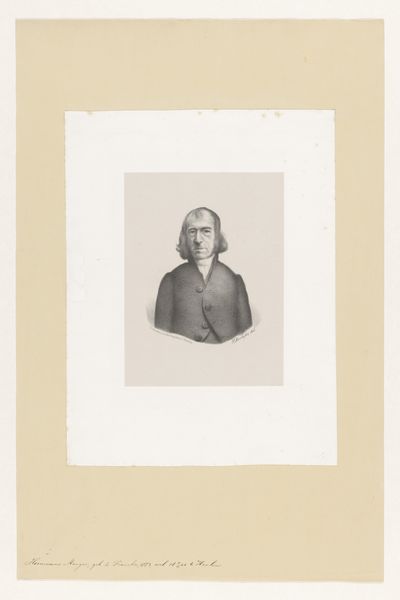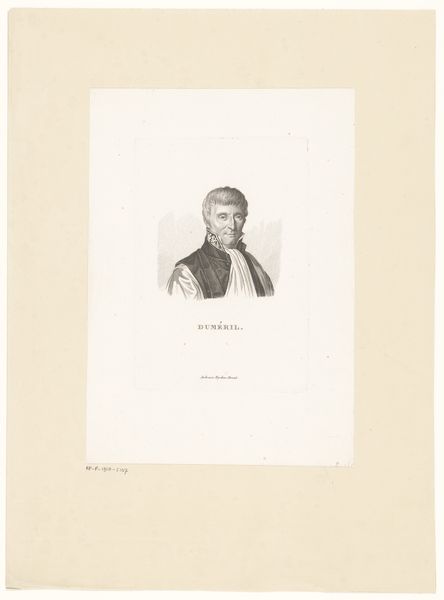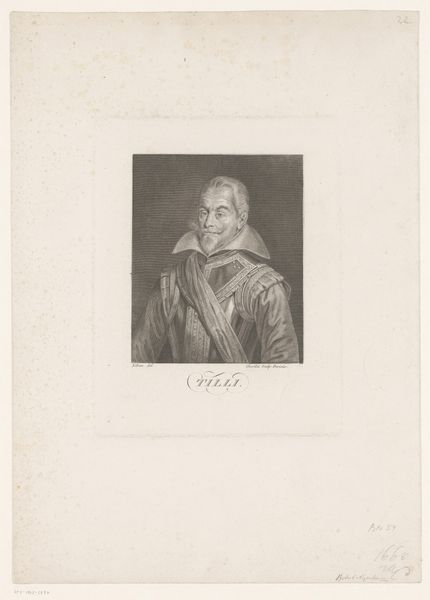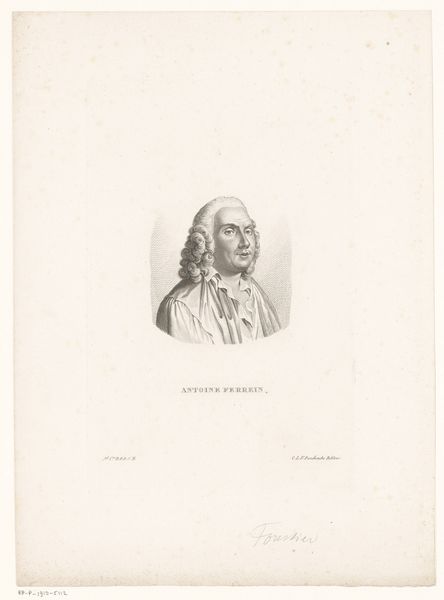
drawing, print, graphite, engraving
#
portrait
#
drawing
# print
#
graphite
#
engraving
Dimensions: height 215 mm, width 150 mm
Copyright: Rijks Museum: Open Domain
This is a portrait of Jacob van Strij by Hendrik Giltay, made using lithography. Think of lithography as a printmaking technique rooted in the chemistry of oil and water. The artist would have drawn the image onto a flat stone or metal plate with a greasy crayon, then treated the surface so that ink only sticks to the drawing. Paper is then pressed to the surface, transferring the image. In Giltay’s time, lithography was an increasingly popular method for making multiple copies of images. It provided a relatively affordable way to disseminate images. The texture of the image is dictated by the lithographic process, particularly the artist’s hand and the material qualities of the crayon. Here, the tonal gradations give a soft, almost hazy quality to the image. Consider how this reflects a shift in artistic practice, where the means of production influenced the aesthetic outcome. Appreciating the labor and technical skill involved in lithography helps us move beyond traditional hierarchies of art, and understand the cultural significance of this portrait.
Comments
No comments
Be the first to comment and join the conversation on the ultimate creative platform.
